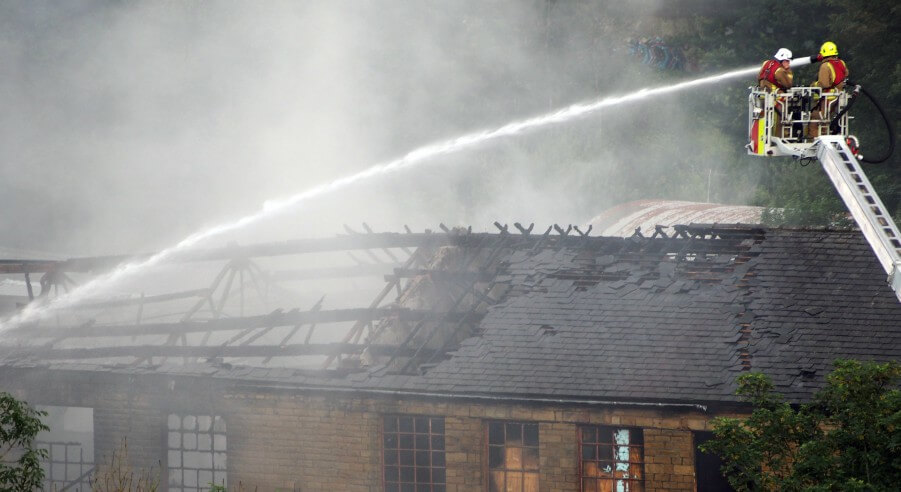
The cotton, wool, and textile mills of the North are iconic symbols of the Industrial Revolution. Today, however, these historic mills face increasing challenges when it comes to securing insurance. While their historical value is undisputed, the unique risks – stemming from their past and present – make them difficult to insure.
The Risk Factors of Insuring Textile Mills
Textile mills, with their open timber-floor construction, are naturally more prone to fire than modern buildings. Additionally, some of these properties have cast iron supports which can melt or bend under extreme heat, leading to structural collapse and increasing the risk of total loss for insurers.
The combination of fire risk, potential arson, and the mixed usage or abandonment of mills further complicates insurance. Multiple businesses under one roof, particularly those operating modern-day textile operations or leased office spaces, add to the complexity, especially with the associated fire hazards.
Arson and Vandalism: Rising Threats
Empty mills are prime targets for vandalism and arson. Arson-related fires accounted for over 50% of all fires attended by Fire & Rescue Services in 2017-18, and abandoned mills are especially vulnerable. Notable cases include Maple No 1 Mill in Oldham, which was destroyed after multiple arson attacks in 2016.
Insurers’ Struggles with Textile Mill Claims
Mills should be insured for their rebuild value, but this is often higher than their market value, leading to disputes. A high-profile case involved Sartex Quilts at Crossfield Works in Rochdale, where the insurer tried to pay out based on market value instead of the full reinstatement cost after a fire. This resulted in a legal battle, and the insurer was forced to pay the higher amount.
When mills are insured based on market value, insurers can apply the “average” rule, reducing the payout if the property is underinsured. This can leave property owners with insufficient funds to rebuild.
The Fire Risks in Textile Mills
Mills have long been fire hazards. Traditional open timber floors accelerate fire spread, and even cast iron, if exposed to intense heat, can fail, risking collapse. Additional fire risks come from “fly” (fluff and dust from textiles) and flammable fabrics. In Bradford, 103 mill fires were reported between 2010 and 2016, underscoring the ongoing risk.
Struggling to Secure Cover
Due to the high fire, arson, and vandalism risks, insurers often limit cover to basic FLEA perils – Fire, Lightning, Explosion, and Aircraft impact – or charge high premiums or both. However, insurers operating in the Lloyd’s of London still offer policies for mills, particularly when property owners demonstrate risk management through fire prevention, security improvements, and detailed risk assessments.
How Champion Insurance Group Can Help
At Champion Insurance Group, we specialise in insuring mills, whether for renovation projects, ongoing businesses, or landlord cover. With access to Lloyd’s of London and other specialist insurers, we offer tailored policies that meet your needs. Our expert team can help you determine the right sum insured and ensure comprehensive cover for your mill.
Need Help Insuring Your Mill Property?
If you own a mill and need insurance advice, Champion Insurance is here to help. Contact us today at 03330 430 430 for expert guidance and insurance solutions tailored to your property.



